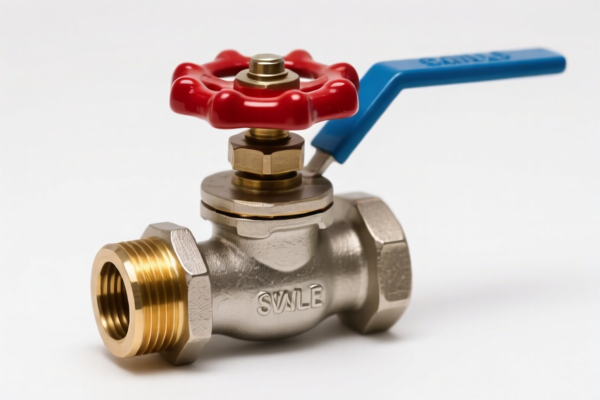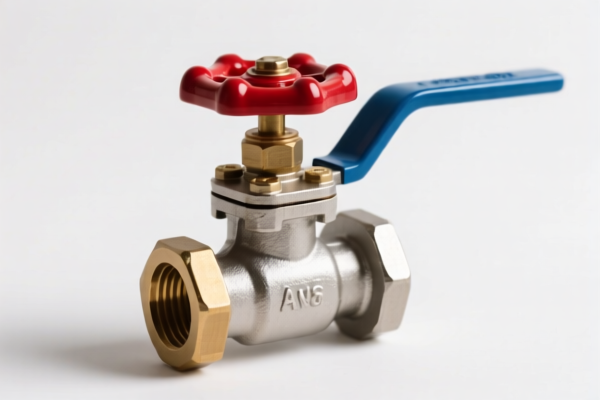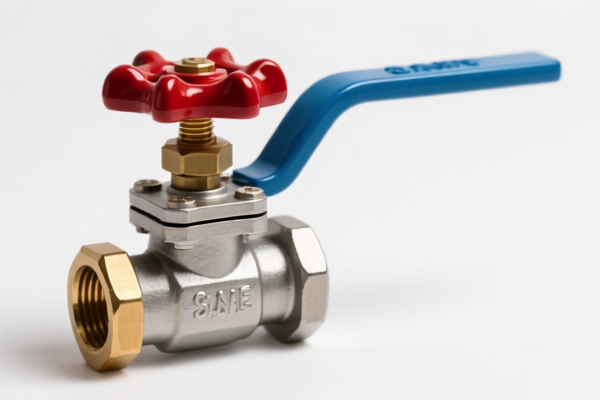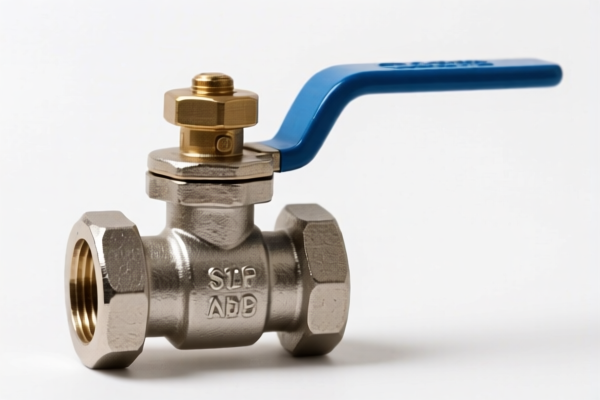| HS Code | Official Doc | Tariff Rate | Origin | Destination | Effective Date |
|---|---|---|---|---|---|
| 8413810040 | Doc | 55.0% | CN | US | 2025-05-12 |
| 8413919096 | Doc | 55.0% | CN | US | 2025-05-12 |
| 9506694000 | Doc | 42.9% | CN | US | 2025-05-12 |
| 9506910030 | Doc | 42.1% | CN | US | 2025-05-12 |
| 9617006000 | Doc | 37.2% | CN | US | 2025-05-12 |
| 7307995045 | Doc | 84.3% | CN | US | 2025-05-12 |
| 7307995060 | Doc | 84.3% | CN | US | 2025-05-12 |
| 7326908688 | Doc | 82.9% | CN | US | 2025-05-12 |
| 7326908688 | Doc | 82.9% | CN | US | 2025-05-12 |
| 3923500000 | Doc | 60.3% | CN | US | 2025-05-12 |
| 3923900080 | Doc | 58.0% | CN | US | 2025-05-12 |
| 3917320050 | Doc | 58.1% | CN | US | 2025-05-12 |
| 3917330000 | Doc | 33.1% | CN | US | 2025-05-12 |




One-Way Valve
A one-way valve, also known as a check valve, is a mechanical device that allows fluid (liquids, gases, or solids) to flow in only one direction, preventing backflow.
Material
One-way valves are constructed from a variety of materials depending on the application and the fluid being controlled. Common materials include:
- Metals: Brass, stainless steel, cast iron, bronze, and alloy steels are used for higher pressure and temperature applications, and for compatibility with corrosive fluids.
- Plastics: PVC, CPVC, polypropylene, and PTFE are used for lower pressure applications, and where corrosion resistance is critical.
- Elastomers: Rubber and other flexible materials are often used for valve seals and flappers.
Purpose
The primary purpose of a one-way valve is to ensure unidirectional flow in a piping system. This prevents:
- Backflow Contamination: Preventing the mixing of clean and contaminated fluids.
- Pump Damage: Protecting pumps from reverse rotation and damage caused by backflow.
- Pressure Loss: Maintaining system pressure by preventing backflow when a pump is not operating.
- Siphonage: Preventing unwanted draining of fluids due to gravity.
Function
One-way valves operate automatically, using the flow of the fluid itself to open and close the valve. When fluid flows in the desired direction, it overcomes a spring force or gravity, opening the valve. When flow stops or reverses, the valve closes, sealing the flow path.
Usage Scenarios
One-way valves are used in a wide range of applications, including:
- Plumbing: Preventing backflow in water supply lines, drain systems, and sewage lines.
- Irrigation: Maintaining water pressure in irrigation systems.
- Automotive: Controlling fuel flow in fuel systems and preventing exhaust gases from entering the engine.
- Medical: Controlling fluid flow in IV lines and other medical devices.
- Industrial: Controlling fluid flow in pumps, compressors, and other industrial equipment.
- HVAC: Preventing backflow in heating and cooling systems.
Common Types
Several types of one-way valves are available, each with its own advantages and disadvantages:
- Swing Check Valve: Uses a hinged disc that swings open with flow and closes against a seat to prevent backflow. Suitable for low to moderate flow rates.
- Lift Check Valve: Uses a disc that lifts off a seat with flow and closes to prevent backflow. Suitable for higher flow rates.
- Ball Check Valve: Uses a ball that rolls off a seat with flow and closes to prevent backflow. Simple and reliable, suitable for various applications.
- Diaphragm Check Valve: Uses a flexible diaphragm that opens and closes with flow. Suitable for corrosive fluids and low-pressure applications.
- Duckbill Valve: Uses a flexible elastomer "bill" that opens with flow and closes to prevent backflow. Self-priming and good for handling solids.
- Spring Loaded Check Valve: Uses a spring to assist in closing the valve. Good for low flow rates and preventing water hammer.
Based on the provided information, “with one way valve” can be interpreted as a component of pumps or tube/pipe fittings. Here are the relevant HS codes:
- 8413810040: Pumps for liquids, whether or not fitted with a measuring device; liquid elevators; part thereof: Other pumps; liquid elevators: Pumps Other. This HS code covers pumps for liquids, and a one-way valve could be considered an integral part of such a pump. The total tax rate is 55.0%, comprising a 0.0% base tariff, a 25.0% additional tariff, and a 30.0% additional tariff applicable after April 2, 2025.
- 7307995045: Tube or pipe fittings (for example, couplings, elbows, sleeves), of iron or steel: Other: Other Of iron or nonalloy steel: Other. If the one-way valve is incorporated into a tube or pipe fitting made of iron or nonalloy steel, this HS code applies. The total tax rate is 84.3%, consisting of a 4.3% base tariff, a 25.0% additional tariff, and a 25.0% additional tariff (plus a potential 25% additional tariff for steel/aluminum products).
- 7307995060: Tube or pipe fittings (for example, couplings, elbows, sleeves), of iron or steel: Other: Other Of alloy steel (except stainless steel). If the one-way valve is part of a tube or pipe fitting made of alloy steel (excluding stainless steel), this HS code is relevant. The total tax rate is 84.3%, comprising a 4.3% base tariff, a 25.0% additional tariff, and a 25.0% additional tariff (plus a potential 25% additional tariff for steel/aluminum products).
- 3917330000: Tubes, pipes and hoses and fittings therefor (for example, joints, elbows, flanges), of plastics: Other tubes, pipes and hoses: Other, not reinforced or otherwise combined with other materials, with fittings. If the one-way valve is integrated into plastic tubes, pipes, or hoses with fittings, this HS code may be applicable. The total tax rate is 33.1%, consisting of a 3.1% base tariff and a 30.0% additional tariff.
Regarding HS codes 7307995045 and 7307995060, please note the need to verify the material composition (iron or alloy steel) and be aware of the potential 25% additional tariff applicable to steel/aluminum products.
Customer Reviews
No reviews yet.